Do you ever go to a website and feel like you just stepped out of a time machine into the 90s? If you’re like me, the idea of cramped text blocks, bad stock photos, and overaggressive pop-ups is enough to make you cringe.
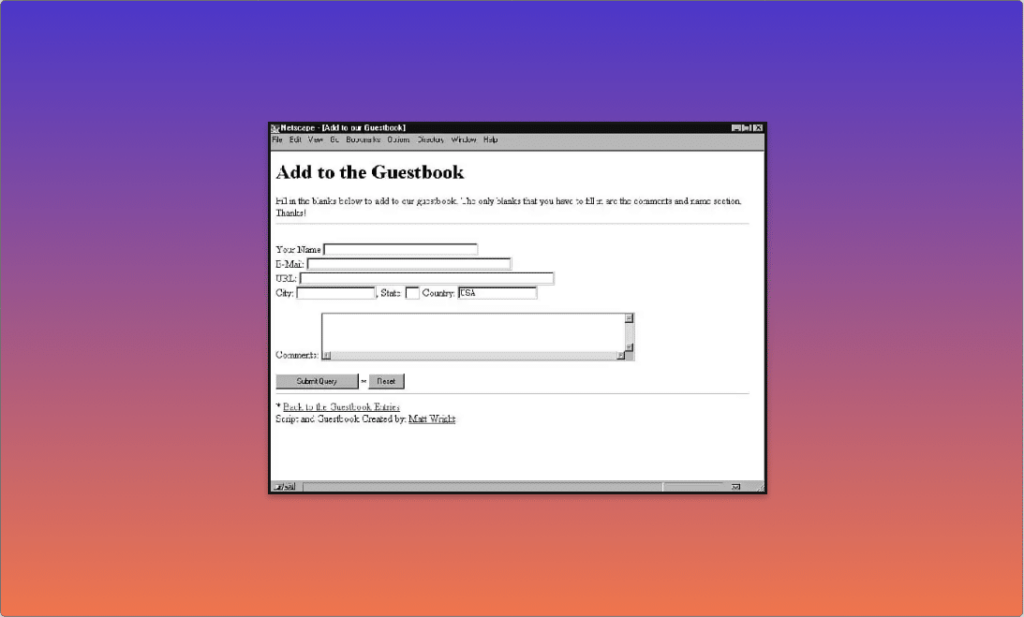
Website design trends are constantly shifting – and because of that, it’s obvious when a company hasn’t kept up. To maintain a modern, top B2B brand image, you need a website that leverages today’s best practices in design and development.
Thinking about updating your beloved but oh-so-out-of-date B2B website in 2025?
Keep reading to understand the latest web design trends, and why they’re so important.
B2B Buyer Digital Experience Expectations
Before we get to the trends themselves, let’s look at how online B2B buyer behavior has changed. After all, if you want a website to be truly user-friendly, you have to get to know your users. Here are a few critical points to keep in mind about today’s buyers:
- B2B buyers continue to make decisions by committee, usually in groups of 5-11 people, often including members of the C-Suite. (Gartner)
- 94% of B2B buyers research products and vendors online before adding new partners. (Deloitte)
- Buyer trust continues to be critical, but many B2B buyers are skeptical of information on vendor websites. (G2)
2025’s Top B2B Web Design Trends:
1. Trust-Building Messaging
Today’s B2B buyers have a healthy skepticism when viewing the websites of potential partners. That means it’s more important than ever to develop messaging that is transparent, easy to understand, and builds credibility.
Those concepts might sound nebulous, but there are a few concrete ways to earn a buyer’s trust through your website design. For example, if your company has environmental and social governance (ESG) targets, providing data on your efforts and results can grab you a spot on potential customers’ shortlists. Similarly, including client logos, testimonials, and case studies offers social proof that your products and services are worth the investment and provide measurable value.
We’ve seen the results firsthand. In 2023, Volta asked Bop Design to revamp its messaging to convey its experience, knowledge, and industry expertise. Within three months, Volta’s website saw increases in both traffic and engagement from prospective buyers.
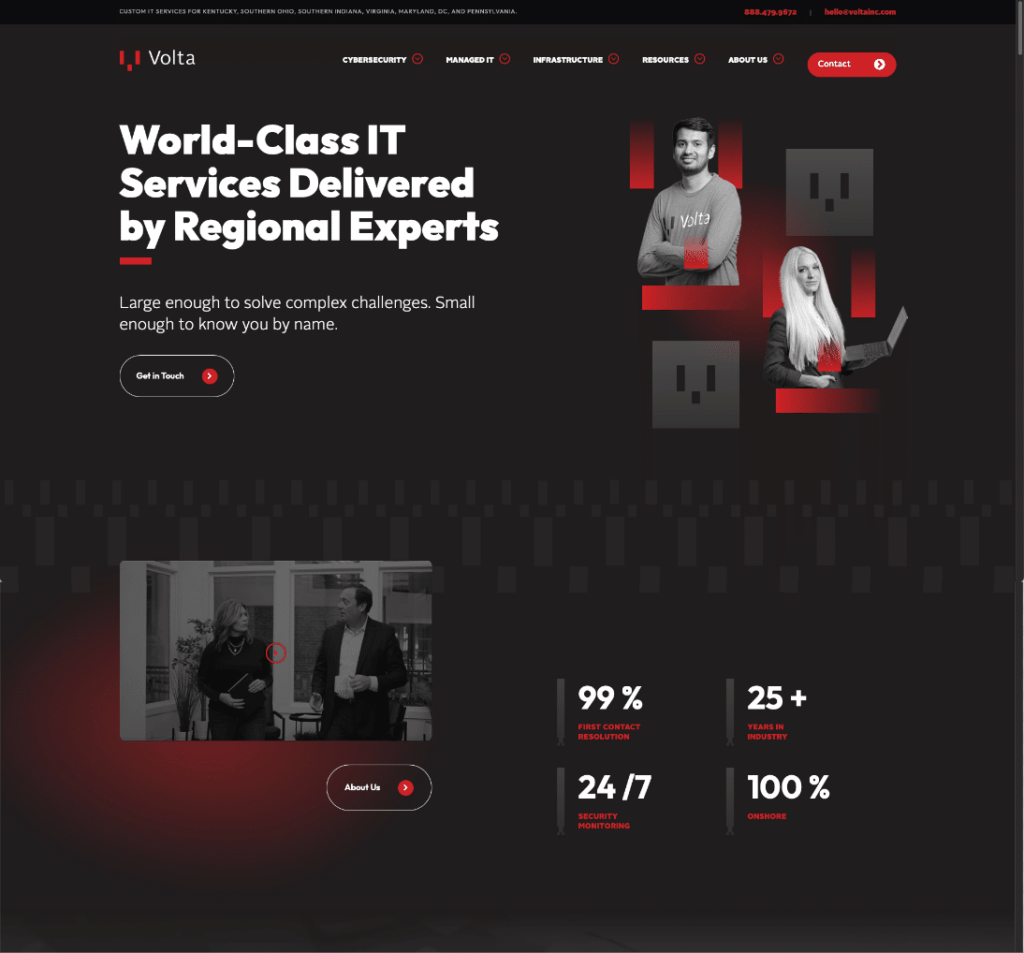
2. Buyer-Focused Navigation
Imagine walking around a store with no aisle signs, where all the products have been shelved at random. If the store is in a good location, it might still get plenty of foot traffic – but how many of those people are going to make a purchase?
Today’s top B2B web agencies approach a website’s user experience (UX) with this idea in mind. In 2025, we’ll see websites break down their products and services by industry, region, capability, and other categories to help buyers self-identify where to find the best information for their needs.
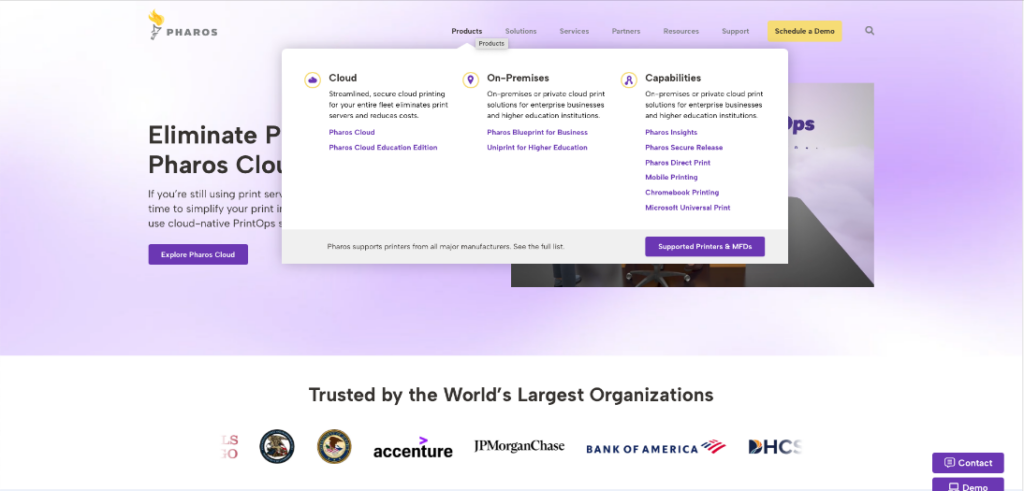
We’ll see this trend extend to individual page designs as well, with interactive elements that let users quickly see and select the information most relevant to them.
3. Accessibility
Digital accessibility isn’t just a “nice to have” website feature. It’s essential to ensuring a great user experience for any potential buyer. That’s why we’re excited that accessibility is a 2025 B2B web design trend.
More and more, we’re seeing B2B websites feature high-contrast colors, closed captioning on product videos, straightforward copy, clear menus and links, and other accessible web design elements. Just recently, we helped Haskell & White incorporate these features into its website redesign. In the first two months after launch, the firm saw a 96% increase in leads!
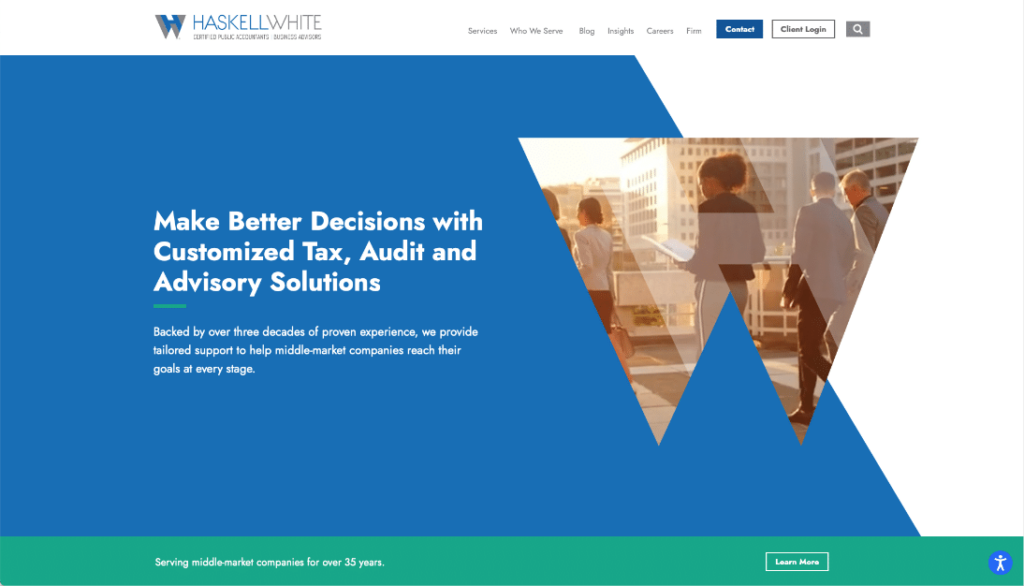
In 2025, we expect this trend to accelerate and become table stakes for success in both B2B and B2C markets. The W3C website offers fantastic information on web accessibility, but the best way to get started is to talk to an expert web design agency like Bop Design.
4. Cookie Compliance
If the stress of new data privacy laws and internet cookie restrictions has you craving a box of Thin Mints, you’re not alone. While this trend provides challenges for tracking website usage, it’s important to keep your B2B website compliant with the latest rules. To protect your business, you’ll need to:
- Make sure your privacy policy is easy to access and understand.
- Generate appropriate cookie banners and record user consent.
- Include consent checkboxes for marketing campaigns.
- Depending on where you operate, stay up to date on laws like GDPR, CCPA/CPRA, and VCDPA, and ensure your website data management is compliant.
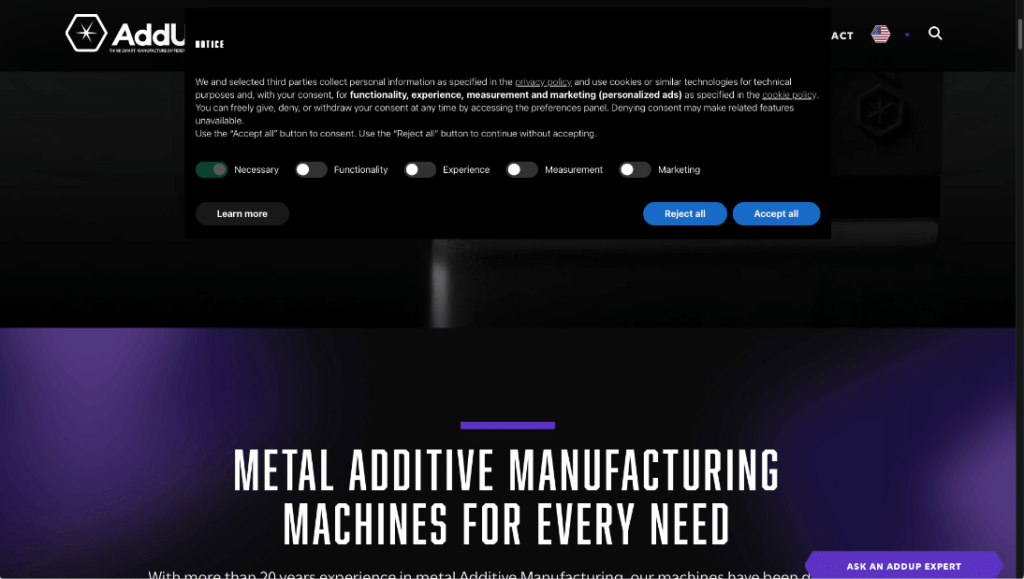
5. AI, APIs, and other Advanced Features
Web design in 2025 isn’t just about a great online user experience. Today’s B2B websites operate as part of complex, omnichannel marketing efforts, and require advanced features to support a seamless customer journey from start to finish.
For example, if you’ve jumped on the AI bandwagon and have an AI-powered chatbot, you’ll need the bot to operate effortlessly within your website. That could include everything from triggering specific messages based on the page a user is on to delivering user engagement data along with chat histories to your team for lead nurturing.
Other advanced features could include integration with your CRM, plugins for SEO and CRO, functionality for live webinar hosting, and more.
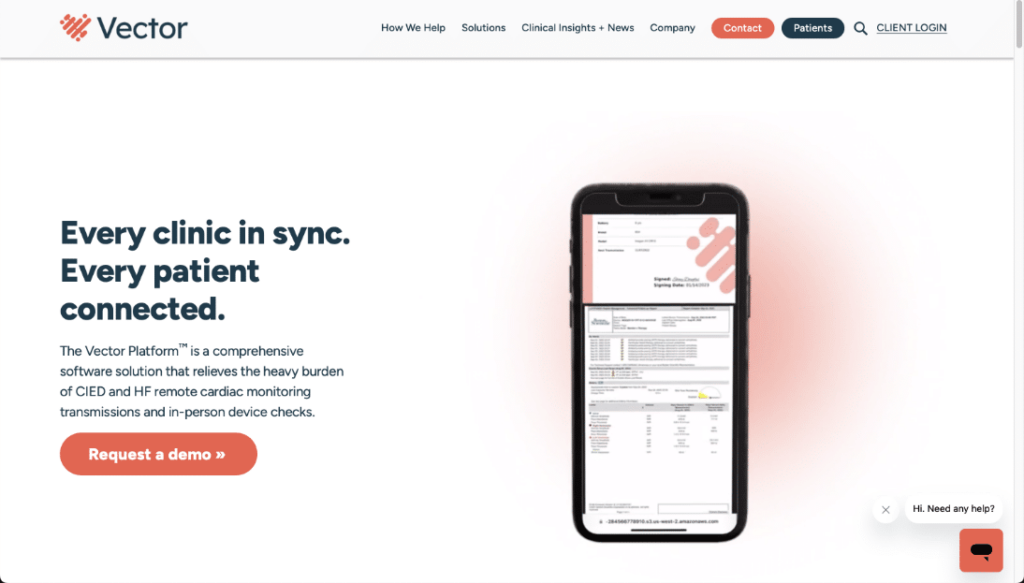
6. Motion and Animation
Static stock images are so 2010. As we move into 2025, the best B2B websites will feature interactive elements, scrolling animations, and custom graphics.
One of our favorite animations is the concept of parallax scrolling. Parallax scrolling creates a dynamic, almost 3-D effect through layered visual elements that move at different rates. In addition to looking *super* cool, parallax scrolling animations can direct a user’s attention to different elements at key points on a page.
Don’t be fooled into thinking this web design trend is a passing fad. Motion and animation have been gaining traction for a few years, and are proven to increase user engagement and drive leads. After one Bop Design client launched a redesigned B2B website with interactive graphics and parallax scrolling, they saw a 17% drop in bounce rate, plus a 9% increase in sessions.
7. Page Speed
Increasing page speed is a trend that’s been increasing in importance year over year and month over month. Google has been prioritizing page speed as an SEO factor since 2018. Numerous studies have shown the benefits of fast page speed on engagement and conversions.
And yet, nearly a third of B2B buyers cite slow website speeds as a major pain point in the digital buying journey.
Part of the problem stems from other website design trends. Motion graphics, chatbots, and videos are great for engagement. But if they aren’t implemented properly, these elements can weigh down your web pages and do more harm than good. That’s why it is critical to work with experienced web developers who can create engaging websites without sacrificing page speed.
8. Mobile-First Design
Like page speed, mobile-first design isn’t a new trend. However, because many B2B websites still get most of their traffic via desktop, the industry has been slow to adopt the app-like mobile experiences of the B2C world.
Luckily, mobile-first design for B2B websites is “trending” upward for 2025. B2B buyers are now routinely using smartphones and tablets during the buying process and expect your website to function just as well there as it does on a laptop. Not only should your mobile site look good (i.e. not scrunched up with oversized images) – it should also be designed for simple navigation and interaction throughout.
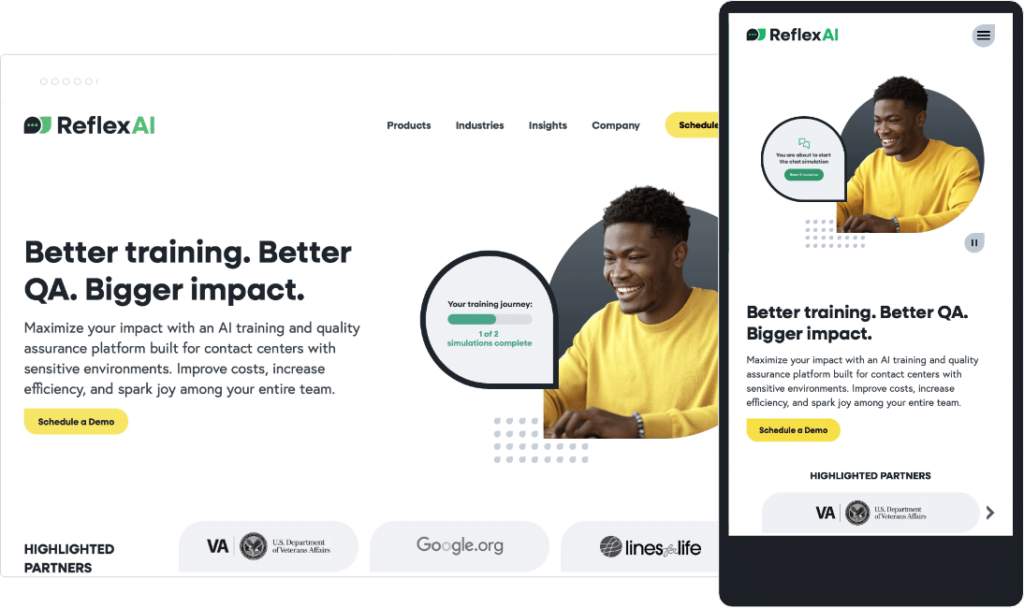
9. Back-End Flexibility
Most B2B websites did not qualify for the 2024 Olympic games, because they aren’t flexible or adaptable enough.
Even if your website has all the front-end bells and whistles users want, a rigid CMS can make upkeep a nightmare. Without a flexible CMS, you’ll need developers to build new product pages, publish thought leadership content, change graphics to reflect product changes, or update key content over time. We can tell you from experience: Companies that have to go through all that usually end up with stale, out-of-date content more quickly and more often.
Pro Tip: At Bop Design, we use custom-built WordPress backends using ACF or a WordPress page builder like Elementor to give clients true ownership of their websites.
10. Maximalist Minimalism
First, there was maximalism, the days when a “good” website was jam-packed with information and images and filled every possible pixel of your screen. Then there was minimalism, the age of simple web elements surrounded by white space.
In 2025, the newest B2B web design trend is what we’re calling “Maximalist Minimalism.”
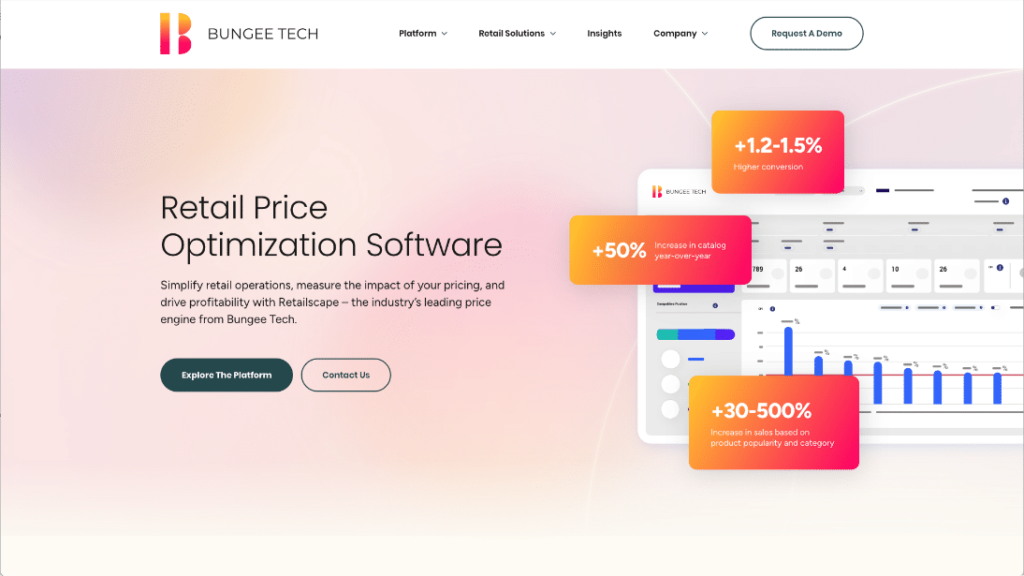
Get Ahead of the Trend
The top B2B web design trends for 2025 focus on creating compelling, visually stunning websites that provide excellent user experiences without sacrificing functionality. We’re not choosing form or function anymore– now, we need to have both.



